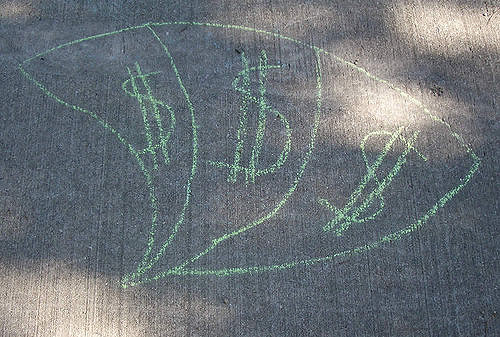
“To the hunter-gatherer tools and sometimes warm clothes were necessary for survival. Many of the items were highly valued collectibles that insured against starvation, purchased mates, and could substitute for massacre or starvation in event of war and defeat. The ability to transfer the capital of survival to one’s descendants was another advantage homo sapiens sapiens had over previous animals. Furthermore, the skilled tribesman or clan could accumulate a surplus of wealth from the occasional, but cumulative over a lifetime, trade of surplus consumables for durable wealth, especially collectibles. A temporary fitness advantage could be translated into a more durable fitness advantage for one’s descendants. […]
Flints were quite likely the first collectibles, preceding special-purpose collectibles like jewelry. Indeed, the first flint collectibles would have been made for their cutting utility. Their added value as a medium of wealth transfer was a fortuitous side effect that enabled the institutions described in this article to blossom. These institutions, in turn, would have motivated the manufacture of special-purpose collectibles, at first flints that need have no actual use as cutting tools, then the wide variety of other kinds of collectibles that were developed by homo sapiens sapiens.”
Excerpt from “Shelling Out” by Nick Szabo, an essay on the origins of money.